Introduction
In the world of solar energy systems, solar inverters are the unsung heroes, efficiently converting the DC power generated by solar panels into usable AC power for homes and businesses.
However, one aspect of solar inverters that often goes unnoticed, yet is crucial to user satisfaction and system performance, is the noise level they generate during operation.
This article delves into the noise levels of solar inverters, exploring the factors that influence these levels, the implications of inverter noise, and strategies for managing and reducing noise in solar installations.
Understanding Inverter Noise
Solar inverter noise is primarily generated by the cooling fans and the switching of power electronics within the inverter. While the sound is usually not loud compared to industrial machinery, it can be noticeable in quiet residential areas, especially during peak operation times.
Sources of Noise in Solar Inverters
1) Cooling Fans
The cooling fans in solar inverters are necessary to prevent overheating and maintain efficiency. These fans usually operate at a low hum, but the sound level can increase with the inverter’s workload and the ambient temperature.
The design of the fan blades, the speed of rotation, and the quality of the fan motor can all influence the noise level.
2) Electronic Switching
Inverters convert DC to AC power through a process of rapid electronic switching. This process can create a phenomenon known as ‘coil whine’, a type of high-pitched noise that results from vibrations in the coil as the current changes direction.
The frequency and volume of this noise can vary based on the quality of the components used in the inverter and the load it is handling.

Decibels and Perception
1) Measuring Noise
Noise levels are quantified in decibels (dB), a logarithmic unit that expresses the ratio of a particular sound pressure to a reference sound pressure.
This measurement helps us understand the intensity of the sound produced by inverters in a more objective manner.
2) Comparative Sound Levels
To put inverter noise into context, consider that a quiet rural area might register around 20 dB, while a normal conversation typically measures about 60 dB.
Most solar inverters operate within the range of 25-55 dB. While this is relatively quiet, especially when compared to many household appliances or industrial machinery, it’s important to note that the perception of sound can be quite subjective and can be influenced by various factors.
3) Factors Influencing Sound Perception
The actual disturbance caused by inverter noise can vary greatly depending on individual sensitivity to sound, the acoustics of the environment, and the background noise level.
For instance, in a very quiet rural area, an inverter operating at 40 dB might be quite noticeable, while the same level of noise might be completely masked in an urban setting with a higher ambient noise level.
4) Frequency of Sound
Human ears are more sensitive to certain frequencies. The ‘coil whine’ produced by inverters, being at a higher frequency, can be more noticeable and potentially more irritating than the lower-frequency hum of the cooling fans, even if both sounds are measured at the same decibel level.

Factors Affecting Inverter Noise Levels
The operation noise of solar inverters can be influenced by various factors. These elements play a crucial role not only in the generation of noise but also in the perception of its loudness and its overall impact on the environment and the individuals within it.
1. Inverter Quality and Design
- Internal Component Quality: The quality of internal components, such as capacitors and inductors, can influence the amount of electronic noise generated. Higher quality components are often better at minimizing electronic interference and, consequently, operational noise.
- Structural Design: The physical structure of the inverter also plays a significant role. Inverters designed with noise reduction in mind may include features like vibration dampeners and noise-reducing enclosures, which help absorb sound before it escapes into the environment.
2. Installation Environment
- Acoustic Characteristics: The acoustic characteristics of the installation site can greatly influence how noise is perceived. Hard surfaces like concrete walls can reflect sound, making the inverter seem louder, whereas softer surfaces like garden foliage can absorb sound.
- Proximity to Living Areas: The distance between the inverter and living or working areas is crucial. Inverters installed closer to such areas are likely to be more noticeable and potentially more disruptive.
- Background Noise Level: The level of ambient or background noise can also impact how inverter noise is perceived. In a noisy urban environment, the sound from an inverter might be masked by other sounds, whereas in a quiet suburban or rural setting, even a low level of noise from the inverter can be quite noticeable.

3. Ambient Temperature
- Thermal Management Needs: Inverters operate less efficiently at higher temperatures, necessitating more effort from cooling fans. This increased activity can lead to louder operational noise. The design of the cooling system, including the number and size of fans and the airflow pattern, can also affect noise levels.
- Temperature Fluctuations: Frequent and wide temperature fluctuations can cause components within the inverter to expand and contract, potentially leading to increased mechanical noise over time as fittings loosen.
4. Load and Operation Mode
- Operational Load: The load on the inverter significantly affects its noise output. Operating at full capacity or near it can lead to higher noise levels due to increased cooling needs and more intense electronic activity.
- Operational Mode: Some inverters feature different operational modes, such as a night mode or a low-power mode, which can reduce noise output when full performance is not necessary.
5. Aging and Wear
- Component Wear: Over time, components within the inverter can wear down, potentially leading to increased noise. For instance, bearings in the cooling fan can become less smooth, leading to a louder operation.
- Maintenance Regularity: Regular maintenance can mitigate this issue to some extent. Well-maintained inverters are less likely to develop noise issues compared to those that are not regularly serviced.

Implications of Inverter Noise
The noise produced by solar inverters, while typically not excessive, can have various implications, particularly in residential settings, regulatory compliance, and system health monitoring. Understanding these implications is essential for homeowners, installers, and manufacturers alike to ensure optimal system performance and user satisfaction.
1. Residential Comfort
Inverter noise can be particularly disruptive in residential areas, where peace and quiet are often highly valued. If inverters are not properly installed or are of lower quality, the noise they produce, even if relatively low, can disrupt the tranquility of a home environment, affecting activities such as sleep, relaxation, and concentration.
Furthermore, excessive noise from a solar inverter can also potentially affect property values. Prospective homebuyers might be deterred by solar installations that are perceived to be noisy, especially in neighborhoods where serenity is a selling point.
2. Regulatory Compliance
Many localities have specific noise ordinances or regulations that dictate acceptable noise levels. Non-compliance with these regulations can lead to fines, legal action, or the requirement to make costly modifications to the solar installation.
Beyond legal compliance, maintaining good relations with neighbors and the broader community is crucial. High noise levels can lead to complaints and disputes, undermining the acceptance and growth of solar energy solutions in residential areas.
3. System Health Monitoring
Unusual or excessive noise from an inverter can serve as an early warning sign of potential issues, such as mechanical wear or electrical problems. By paying attention to changes in the noise level or quality, homeowners and maintenance personnel can address issues promptly before they escalate.
Regular monitoring of inverter noise can also contribute to the overall longevity and efficiency of the solar energy system. Identifying and rectifying noise-related issues promptly can prevent further damage to the inverter and associated components, ensuring optimal system performance and energy yield.

Managing and Reducing Inverter Noise
Proper management and reduction of inverter noise are pivotal for ensuring the seamless integration of solar energy systems, especially in residential areas where noise sensitivity is higher.
1. Strategic Placement
- Distance and Orientation: Positioning inverters at a maximum distance from sensitive areas such as bedrooms and living spaces can significantly reduce the impact of noise. The orientation of the inverter, ensuring that any emitted sound is directed away from residential areas, can also be beneficial.
- Use of Barriers and Enclosures: Constructing barriers or enclosures can help contain and absorb the sound. Materials like mass-loaded vinyl, acoustic foam, or even dense shrubbery can be used to dampen noise effectively. However, it’s crucial to ensure that these solutions don’t impede airflow and cooling requirements of the inverter.
- Architectural Considerations: During the design phase of new buildings, architects can plan utility areas where inverters can be placed to minimize noise disturbance. For existing structures, retrofitting soundproofing solutions or redesigning the space around the inverter can be considered.
2. Proper Maintenance
- Routine Checks: Regularly inspecting and maintaining inverters can prevent noise escalation due to issues like loose components, worn-out bearings in fans, or accumulated debris.
- Component Quality: Using high-quality replacement parts during maintenance can also ensure smoother operation and less noise. Substandard parts can deteriorate quickly and produce more noise.
- Professional Servicing: Engaging with professional service providers for regular check-ups can help in diagnosing and addressing noise issues effectively, ensuring the inverter operates within the acceptable noise range.

3. Upgrade Cooling Systems
- Liquid Cooling Systems: For high-power inverters, considering liquid cooling systems can be a quieter alternative to traditional fan cooling. These systems can more efficiently manage heat and operate silently.
- Improved Fan Design: Fans with better aerodynamic designs, variable speed options, and noise-reducing features can also help in keeping the noise levels low. Investing in technology that allows fans to operate only when necessary can also reduce noise periods.
- Thermal Management: Efficient thermal management designs in inverters can reduce the need for active cooling systems to kick in frequently, thereby reducing noise.
4. Consider Inverter Specifications
- Noise Level Ratings: When selecting an inverter, it’s important to consider the noise level specifications, which are usually provided in decibels. Opting for inverters with lower decibel ratings can make a substantial difference in noise reduction.
- Technology and Features: Some inverters are designed with noise reduction in mind, featuring technologies such as passive cooling, advanced circuit designs to minimize electronic noise, and noise-dampening materials.
- Size and Capacity: Properly sizing the inverter to the solar installation can also affect noise levels. An oversized inverter may not need to work as hard, potentially reducing the operational noise.
Managing and reducing inverter noise is a multifaceted approach that involves strategic placement, regular maintenance, technological upgrades, and careful consideration of inverter specifications.
By adopting these strategies, homeowners and businesses can enjoy the benefits of solar energy without the intrusion of unwanted noise, ensuring a harmonious balance between technology and comfort.

FAQ for Inverter Noise
1. Does the age of a solar inverter affect its noise production?
Over time, wear and tear can impact the noise level of an inverter. Components like fans may become noisier as they age.
2. Is there a difference in noise levels between string inverters and microinverters?
Microinverters tend to be quieter generally because they are smaller and require less cooling, but the specific noise level can vary depending on the model and brand.
3. Can I install noise reduction accessories after the inverter is already installed?
Yes, there are aftermarket solutions like acoustic enclosures and anti-vibration mounts that can be installed to reduce noise.
4. Are solar inverters with lower noise levels more expensive?
Not necessarily. The price is more often determined by the brand, efficiency, and additional features of the inverter rather than its noise level.
5. Can the mounting method of the inverter affect its noise level?
Yes, the way an inverter is mounted can influence noise. Hard mounting surfaces can transmit more vibration and noise, while mounting with vibration dampeners can reduce noise.
6. Do solar inverters require more maintenance than other components of a solar system?
Inverters do require maintenance, but it’s comparable to other components of a solar system. Regular checks and cleanings are essential for optimal performance.
7. What is the typical lifespan of a solar inverter, and how does it compare to solar panels?
Solar inverters typically have a lifespan of around 10-15 years, which is shorter than solar panels that can last 25-30 years. Inverter technology and environment can influence lifespan.
8. Are there any health implications related to the noise produced by solar inverters?
The noise levels of solar inverters are generally low and not considered harmful to health. However, consistent exposure to high noise levels can be disruptive, so it’s best to manage inverter noise effectively.
Conclusion
While solar inverters are indeed the backbone of modern solar energy systems, their noise output requires careful consideration to achieve a balance between functionality and comfort. A thorough understanding of the origins and impacts of inverter noise empowers both users and installers to make well-informed decisions regarding inverter selection, installation, and maintenance.
In the forefront of these advancements is SolarCtrl, a company that has consistently demonstrated its commitment to enhancing the solar energy experience. With a keen focus on innovation, SolarCtrl offers state-of-the-art inverters that are not only efficient and reliable but are also designed with noise reduction in mind.
Embrace the future of solar energy with SolarCtrl and experience a quieter, more sustainable way of living. Visit our website or contact us directly to learn more about our advanced solar solutions and how we can help you harness the power of the sun in the most efficient and serene way possible.



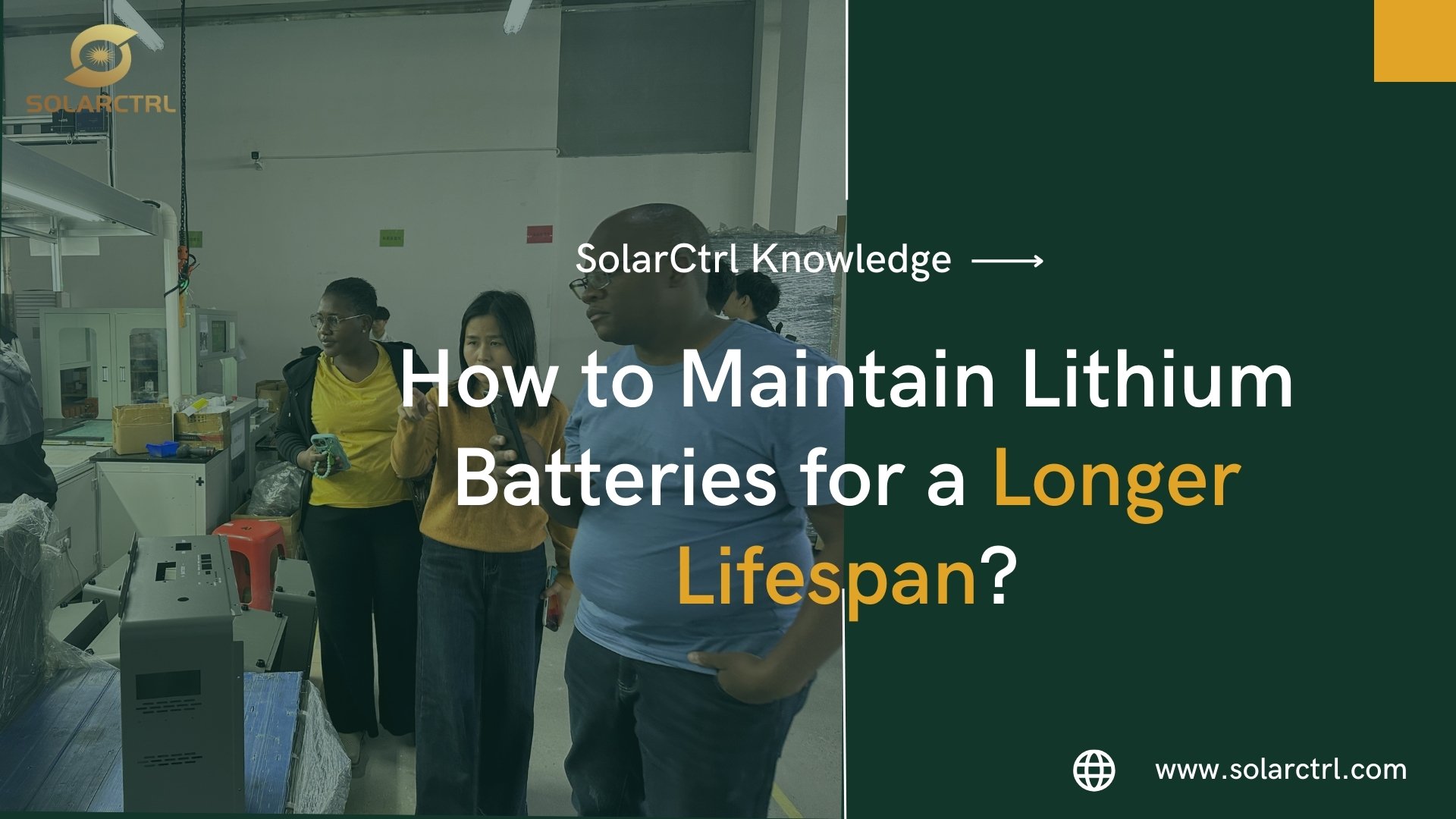
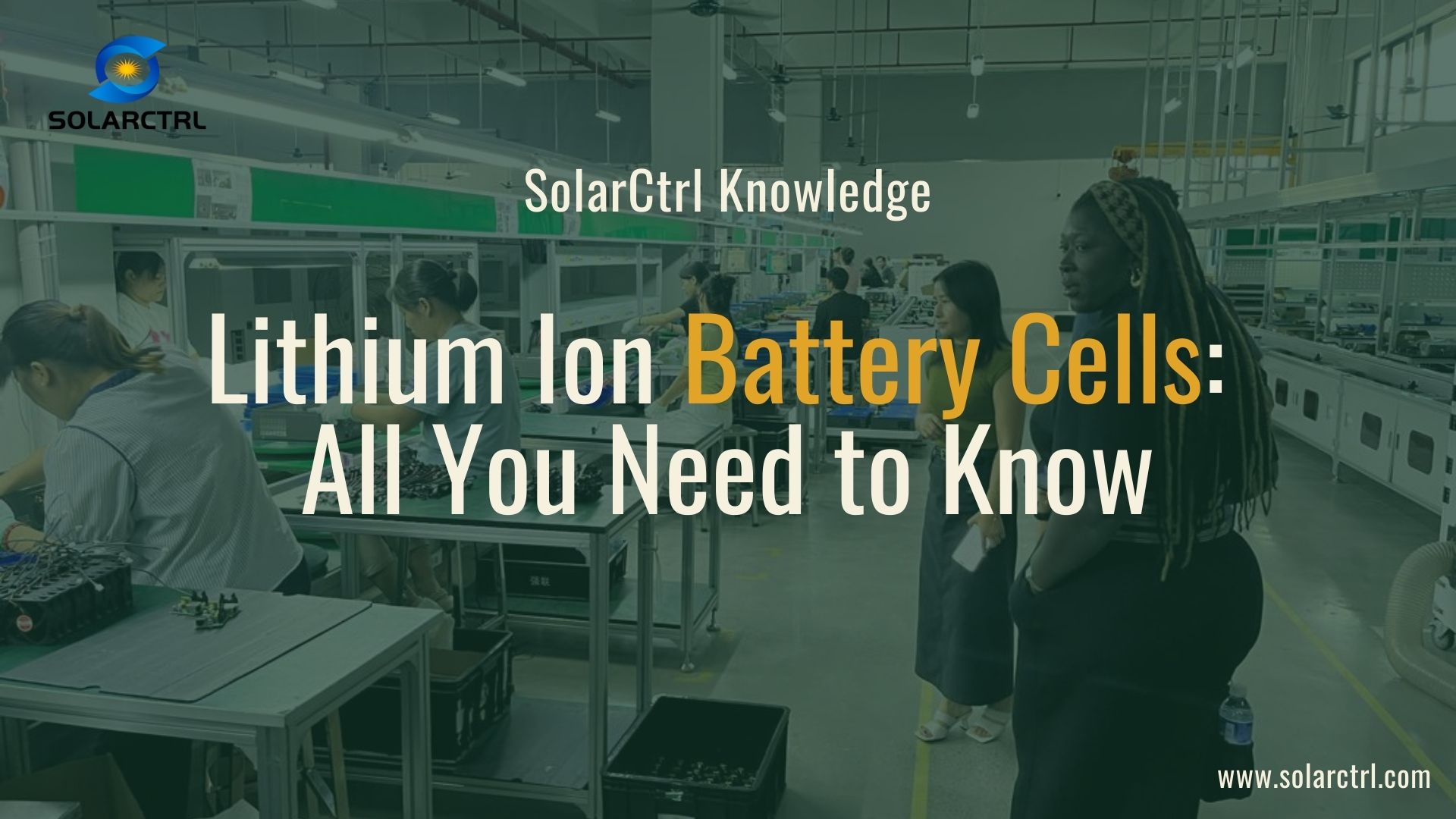
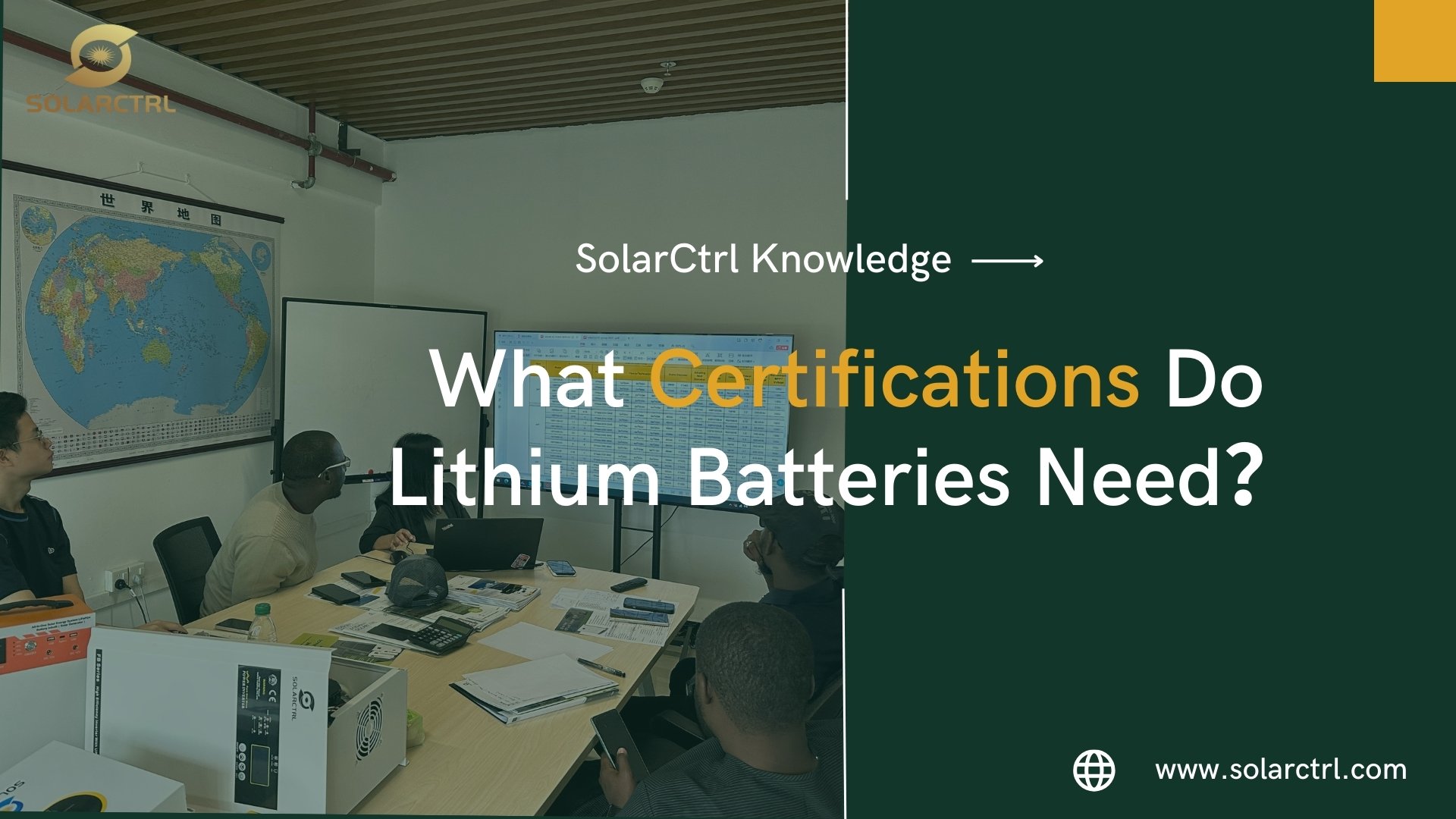



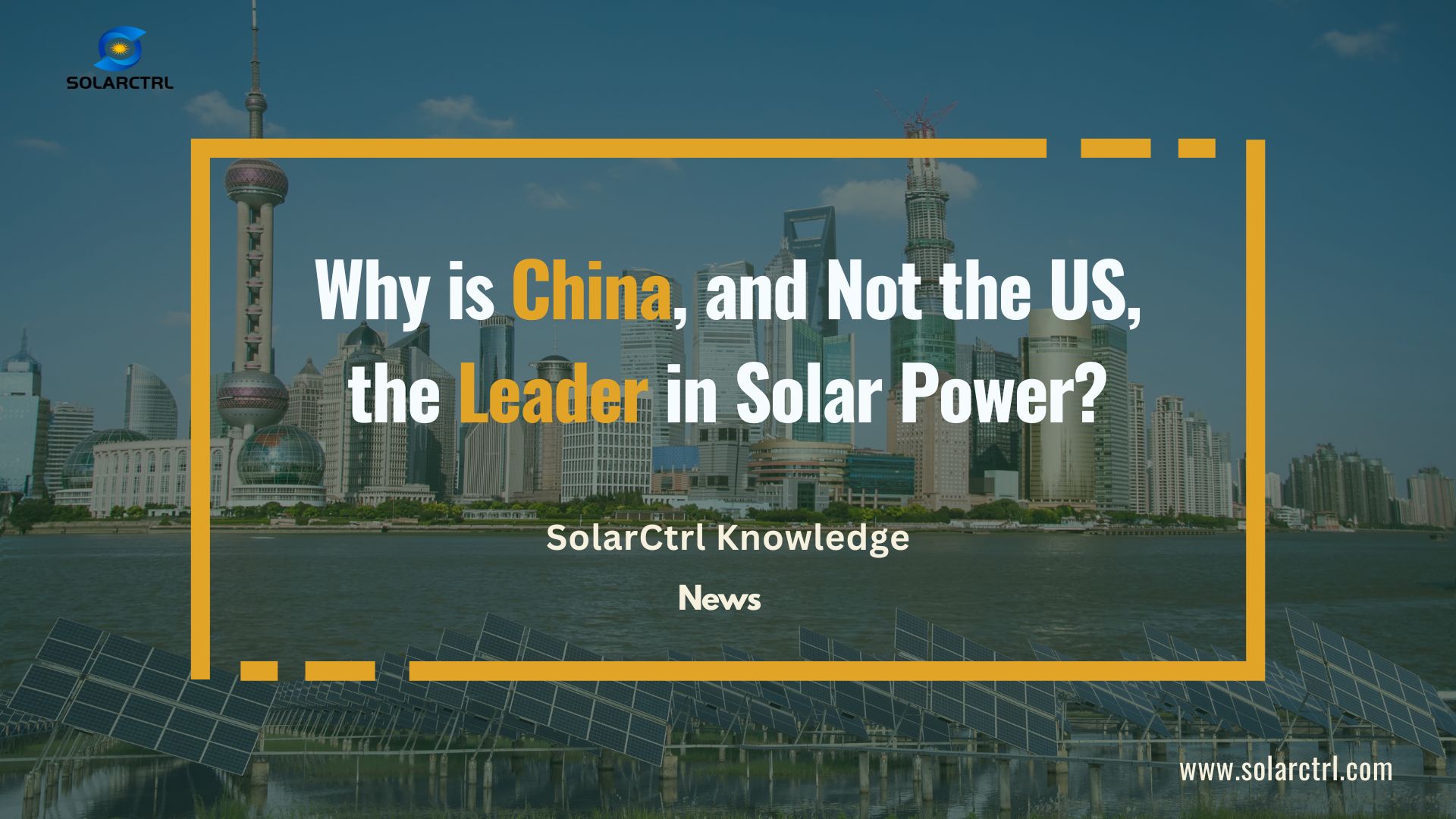




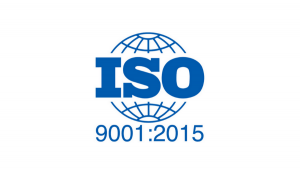
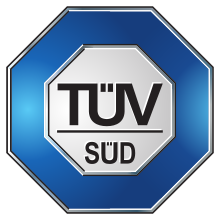

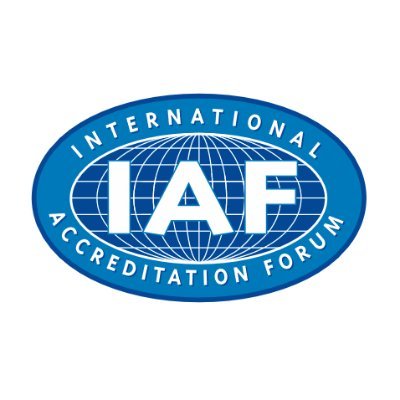
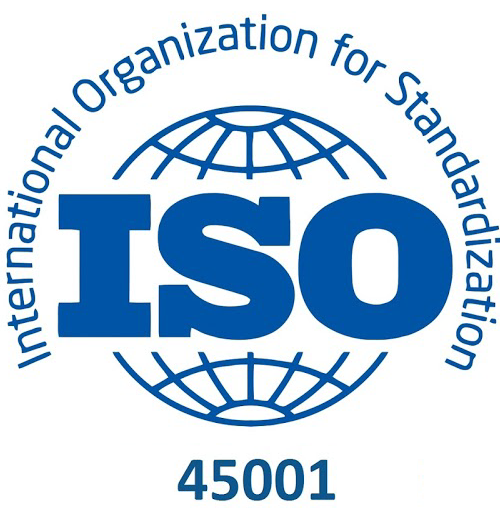

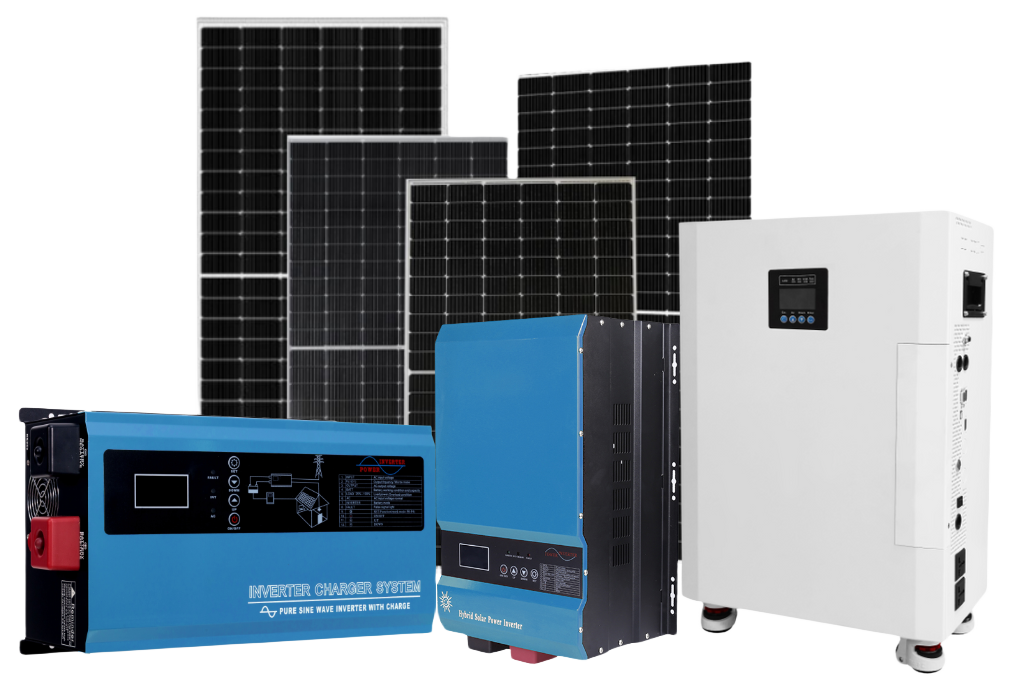
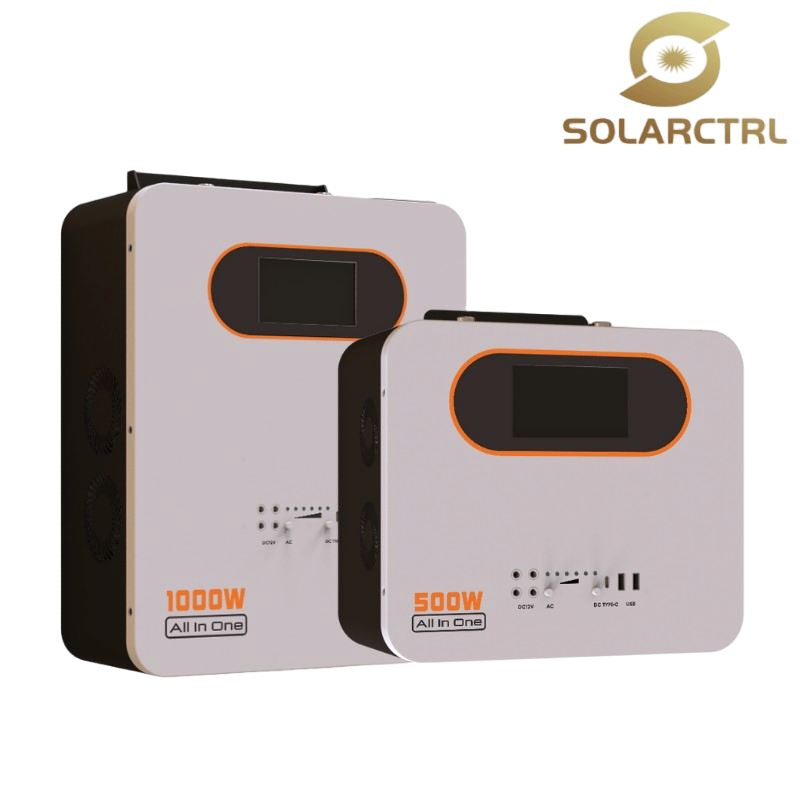
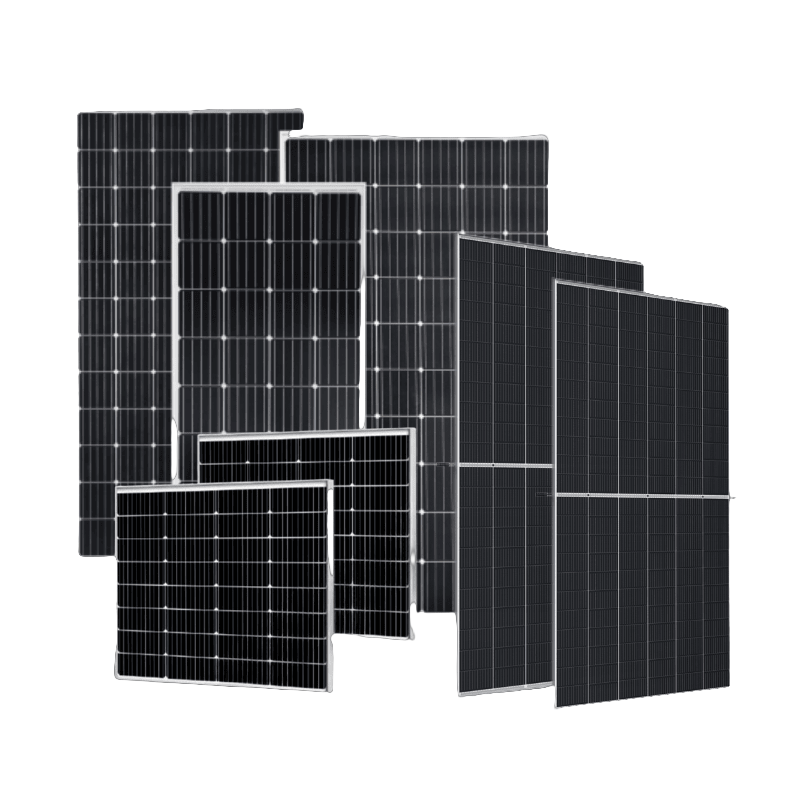
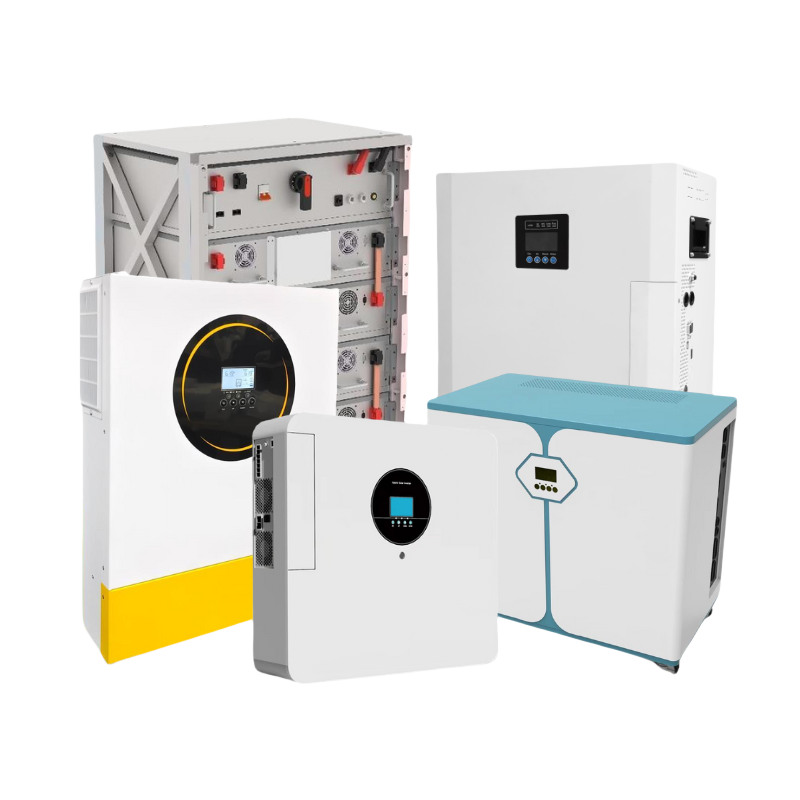
5 Responses
I chair our town’s Planning and Zoning Commission. We have comprehensive regulations for solar systems, large and small. Our small system regs minimize zoning red tape for typical home and business systems that primarily provide energy consumed onsite (at least on an annualized basis). Our large system regs cover sites that sell electricity to the utility, i.e. solar farms, and receive more comprehensive, more costly reviews, including noise evaluation.
We have seen fairly large systems that serve factories and such, so they meet our definition of a small system. One of these, if poorly designed, could have undesirable impacts, such as noise, on neighboring properties.
My question: In your experience, is there a size (KW, area, etc.) below which noise from a poorly designed system is unlikely to be an issue beyond the property line is not likely to be an issue.
Hi Stephen,
Thank you for sharing your experience and thoughtful question. Generally, noise concerns with solar energy systems mostly relate to the use of inverters and cooling equipment rather than the panels themselves.
For typical residential and commercial rooftop systems (up to roughly 100 kW):
Modern inverters and components are designed for quiet operation, especially with proper installation and maintenance. Noise levels for these systems often fall below typical ambient outdoor sound levels and are unlikely to be noticeable beyond property lines.
Larger commercial systems (100 kW – 500 kW):
When serving factories or large facilities, these systems may use multiple or larger inverters. While noise is still generally low, poor installation or use of outdated equipment could produce hum or vibration. However, well-designed Chinese-made solarctrl systems are engineered for minimal noise impact even at these scales, assuming standard sound mitigation practices are followed.
In summary:
For systems under 100 kW—especially rooftop or ground-mounted arrays for onsite energy use—noise is rarely a concern beyond the property. Inverter selection, placement, and professional installation are key. Issues arise more in utility-scale solar farms or older, industrial inverter models.
If you require product-specific insights or consultation on large-scale noise control strategies for Chinese-made solarctrl inverter solutions, please feel free to contact our business manager via Email: fiona.cao@solarctrl.com or Whatsapp: +86 18038650138.
I was looking for your analysis of RF noise created by solar inverters.
Thank you for your interest. Solar inverters can generate radio frequency (RF) noise as a byproduct of converting DC electricity from solar panels to AC for grid use. This occurs mainly due to fast switching circuits inside the inverter, which can emit electromagnetic interference (EMI).
To minimize RF noise:
1)Use properly shielded inverter enclosures and cables.
2)Maintain good grounding and follow correct installation practices.
3)Consider inverters with built-in EMI suppression features.
Later, I will consider writing a dedicated article to analyze RF noise
Thank you for such an informative and engaging blog post! It was a pleasure to read and really sparked some great ideas